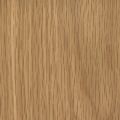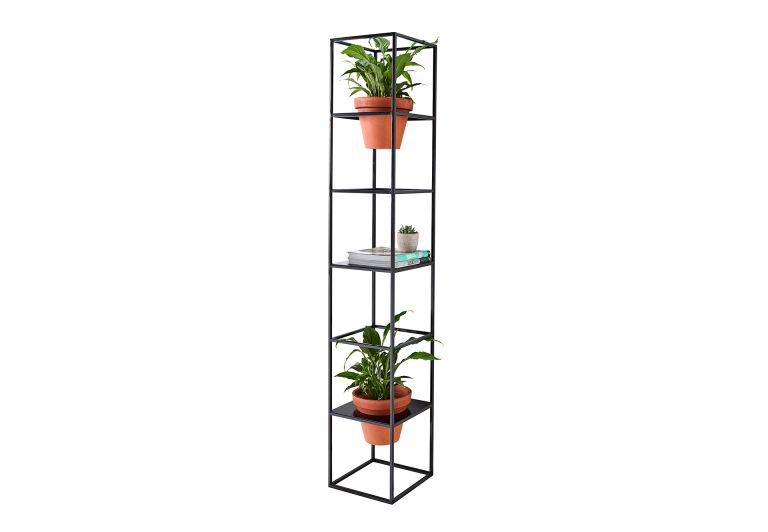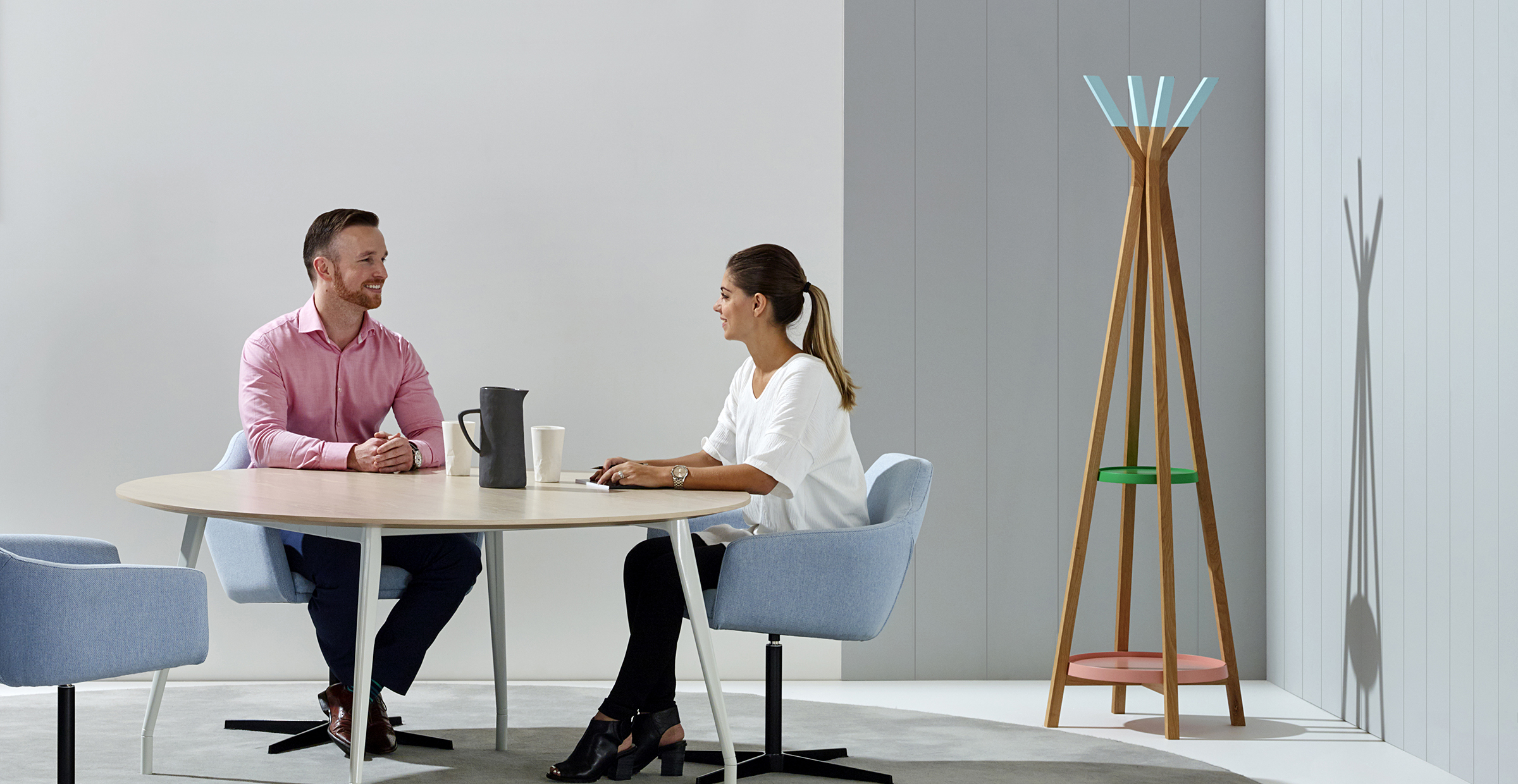TP Coat Stand
Resembling a Native American icon, the TP coat stand is a visual statement of simplicity and function. Sculpted in Oak, TP’s clean lines and refined details are an elegant welcome to any space.
Send enquiry







Overview
- Statement coat stand made of Oak.
- 530W x 360D x 1700H mm, view all Specifications.
- Options for one or two utility trays and intermediate hooks.
- Available in a wide range of timber washes and paints.
- Product of Australia.
- 3 year warranty.
6-8 weeks
ColourLab finishes
Timber Natural
-

-

Oak Timber Wash
-

-

-

-

-

-

-

-

-

-

-

-

-

-

-

-

-

-

-

-

Oak Timber Paint
-

-

-

-

-

-

-

-

-

-

-

-

-

-

-

-

-

-

-

-

Inspired by the Native American teepee, a tribal icon of centuries past, TP is a playful and practical product, designed for use equally within the home or office.
Made in 2013, TP was designed by Ivan Woods and is manufactured in the Schiavello studio in Melbourne. Crafted with advanced timber manufacturing technology, the top of TP features angled detailing, while the trays feature a rubberised non-slip paint to keep your belongings in place.
The launch of TP also worked to extend Schiavello’s expanding residential offering. It pairs perfectly with Ivan Woods’ other designs for Schiavello, including the Toro collection and Bomba sofa, pairing strong timber line work and angular geometry.
The late Ivan Woods designed interiors and products for over 30 years. His work drew inspiration from his travels and interior architecture training in Perth, Australia. Working across projects within the UK, US, Germany and Italy, Ivan specialised in hotel and workspace design.
Schiavello and Ivan Woods maintained a solid history together. Our collaborative design process, which evolved over a decade, yielded distinctive collections such as Toro Collection in 2011, Palomino Chair in 2014, and both Kayt Village and Bomba Sofa in 2015.
With a strong architectural sensibility and carefully considered geometry, Ivan enriched his designs' emotional qualities in the fine detailing and sense of place. Ivan explained, "Good design is the creation of spaces, experiences and objects, embedded with strong and dynamic emotional connections to the people that use them. This is done through reflecting a sense of place, with a cultural authenticity and aesthetic.”
Related Products

Vertical Garden

Scatter Platter Cushions

Toku Screen





